How Can We Close the Digital Learning Gap This School Year?
Digital Promise
AUGUST 18, 2021
Last year, my predecessor, Karen Cator outlined ways in which we can finally close the Digital Learning Gap. Digital learning also strengthens each teacher’s ability to meet the needs of each student, regardless of whether they are in the classroom or at home.” appeared first on Digital Promise.

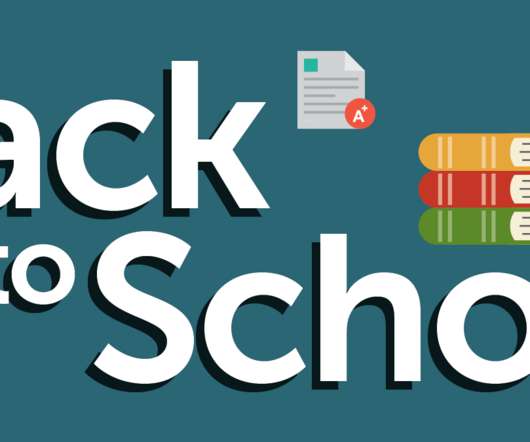







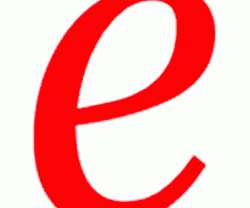







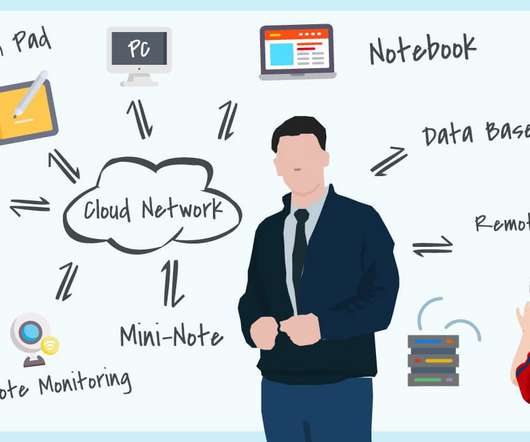
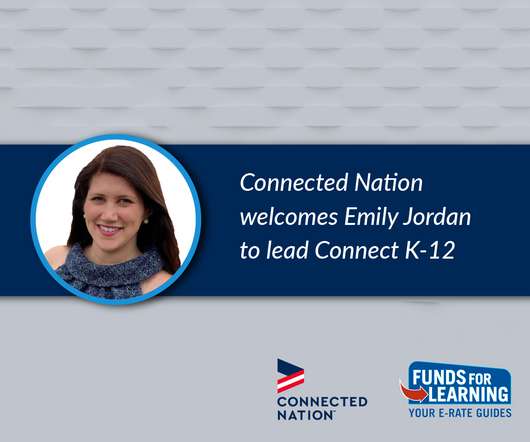

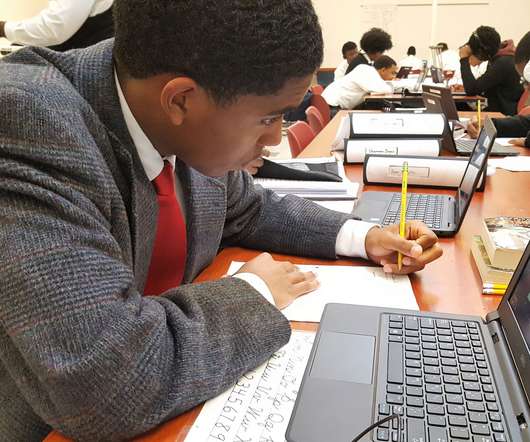


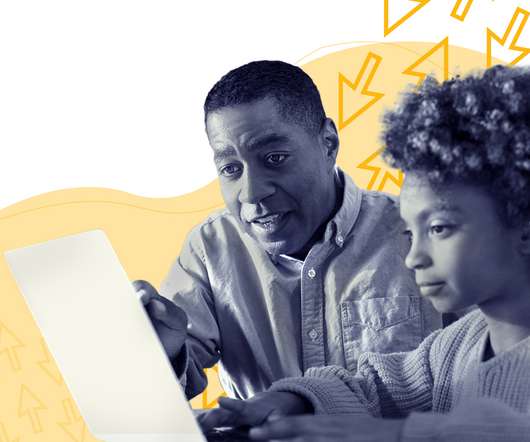
















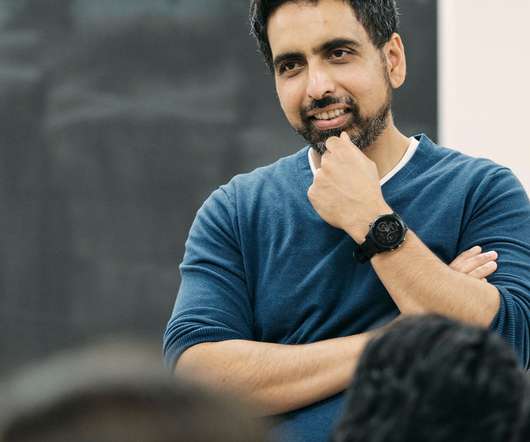









Let's personalize your content